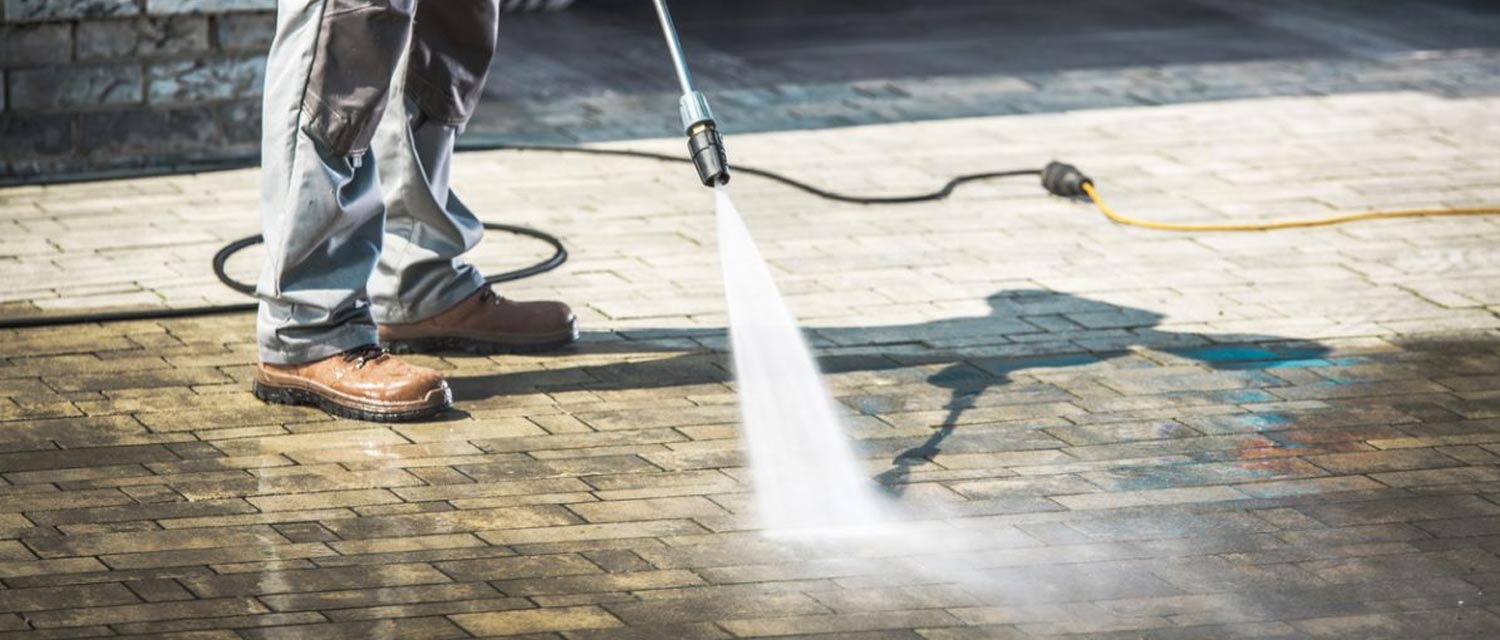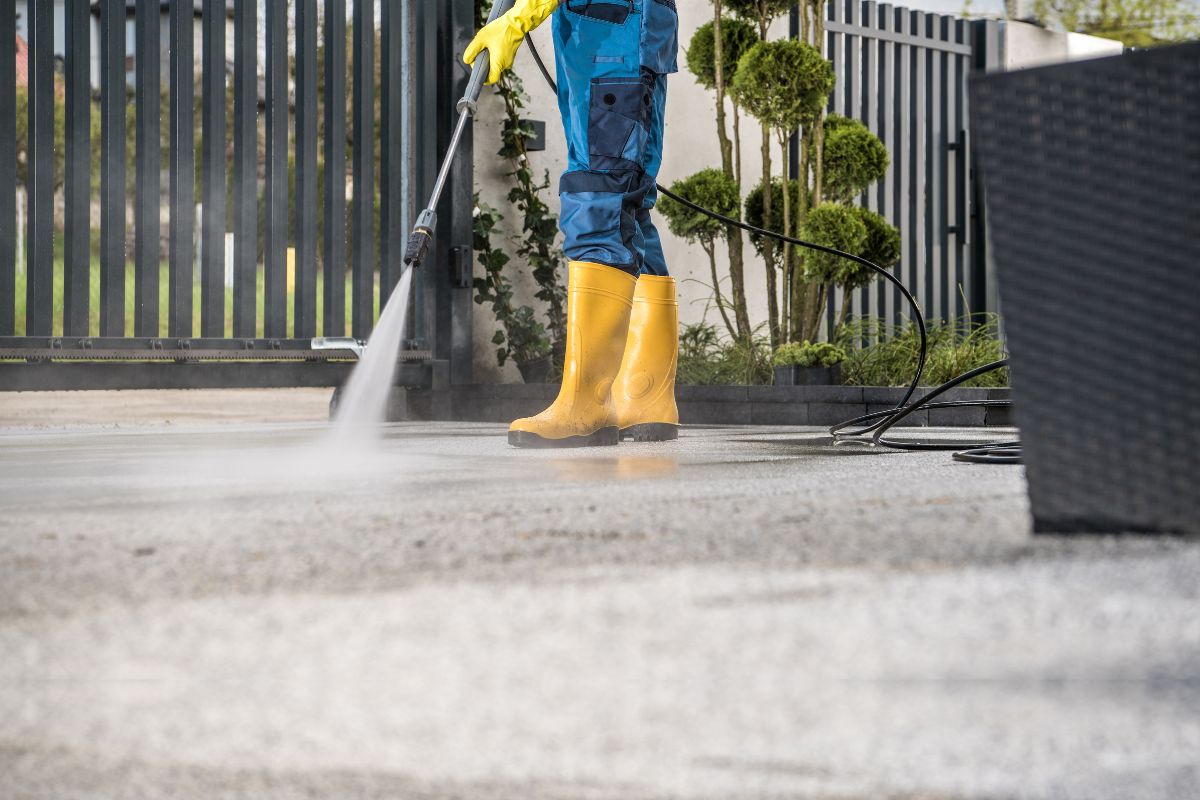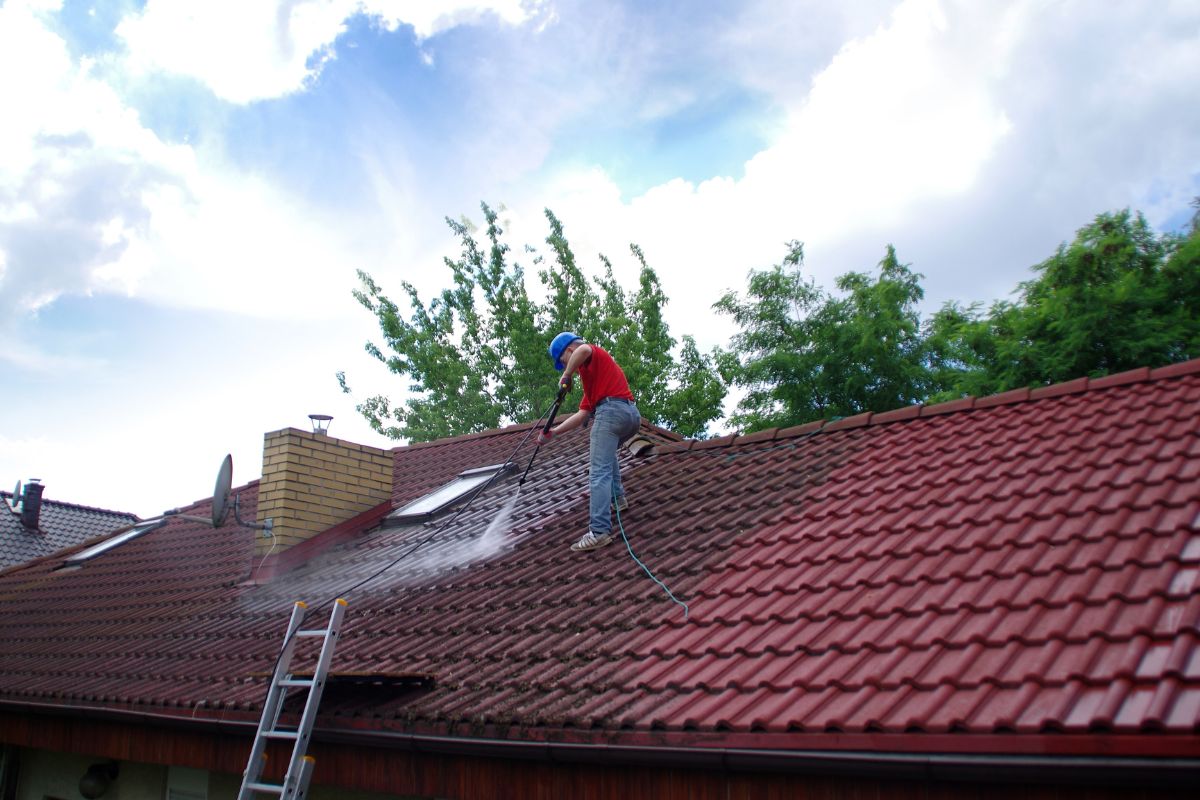Pressure washing your driveway is an effective way to maintain your home while extending the life of the concrete or asphalt. Over time, driveways accumulate dirt, oil stains, mould, mildew, and other stubborn residues that regular cleaning can't remove.
Pressure washing not only restores the pristine appearance of your driveway but also helps to prevent long-term damage caused by these contaminants. With the right tools and techniques, you can easily tackle this task, saving money on professional pressure washing services and enjoying the satisfaction of a job well done. Whether preparing your home for sale or simply sprucing up your property, learning how to pressure wash your driveway properly is essential. This guide will walk you through the process step
by step, ensuring you achieve professional-quality results without causing harm to your driveway or surrounding areas.
How To Pressure Wash Your Driveway?
By using various simple steps you can erase all the dust and debris from your driveways:
- Collect all the tools and materials
Before anything else, gather all the necessary supplies, such as a spill absorber, degreaser, concrete and driveway cleaner, garden hose, pressure washer, pressure washer nozzles, splash-resistant goggles, and cleaning gloves.
Cover all the plants present in the way of your driveway with a plastic sheet to protect it from a high-pressure washer. Remove all the toys and debris present in the path of the driveway. The driveway should have a proper drainage facility to prevent
water blockage during pressure washing.
Find any stubborn stains or oil spots on your driveway. You can remove them with a stiff-bristle brush and cleaning solution applied directly on the stains. After giving it ten to fifteen minutes to rest, pressure washes it.
Attach a garden hose or other water source to your pressure washer. Now open the pressure washer to fill the detergent tank to fill the detergent or attach it with a soap injector. Select the appropriate nozzle; typically, a 0-degree nozzle for stubborn
stains and a 25-degree for general cleaning. Then turn on the pressure washer to clear the system of air.
Hold the pressure washer nozzle about 1-2 feet from the driveway. To ensure thorough cleaning, maintain a consistent distance to avoid streaks. Work in overlapping strokes across the driveway, starting with one end, to ensure level coverage. To get rid
of the detergent and the filth, use a high-pressure rinse after applying the detergent in portions and letting it sit for a few minutes. In case of stubborn stains, move closer with the nozzle but take precautions to save from damage to the concrete.
Rinse the entire driveway with clean water after the washing. Inspect the whole driveway for any missed spots or stubborn stains by walking the length of the driveway. If found, re-treat and wash these areas.
Allow the driveway to dry completely before its usage. If you find any spots or stains on it, you can apply a concrete sealer to provide surface protection.
Conclusion
Pressure washing your driveway is a very efficient method of keeping it looking good and extending its life. In addition to eliminating stubborn stains and filth, pressure washer saves time and energy compared to traditional cleaning techniques. Use safety
advice such as selecting the appropriate nozzle, dressing in protective gear, and keeping a constant distance from the surface to achieve the greatest results. You can get a clean and polished driveway that improves the curb appeal of your property
by following the proper technique, which includes preparing the area, adding detergent, pressure washing the entire surface, and completely rinsing.







